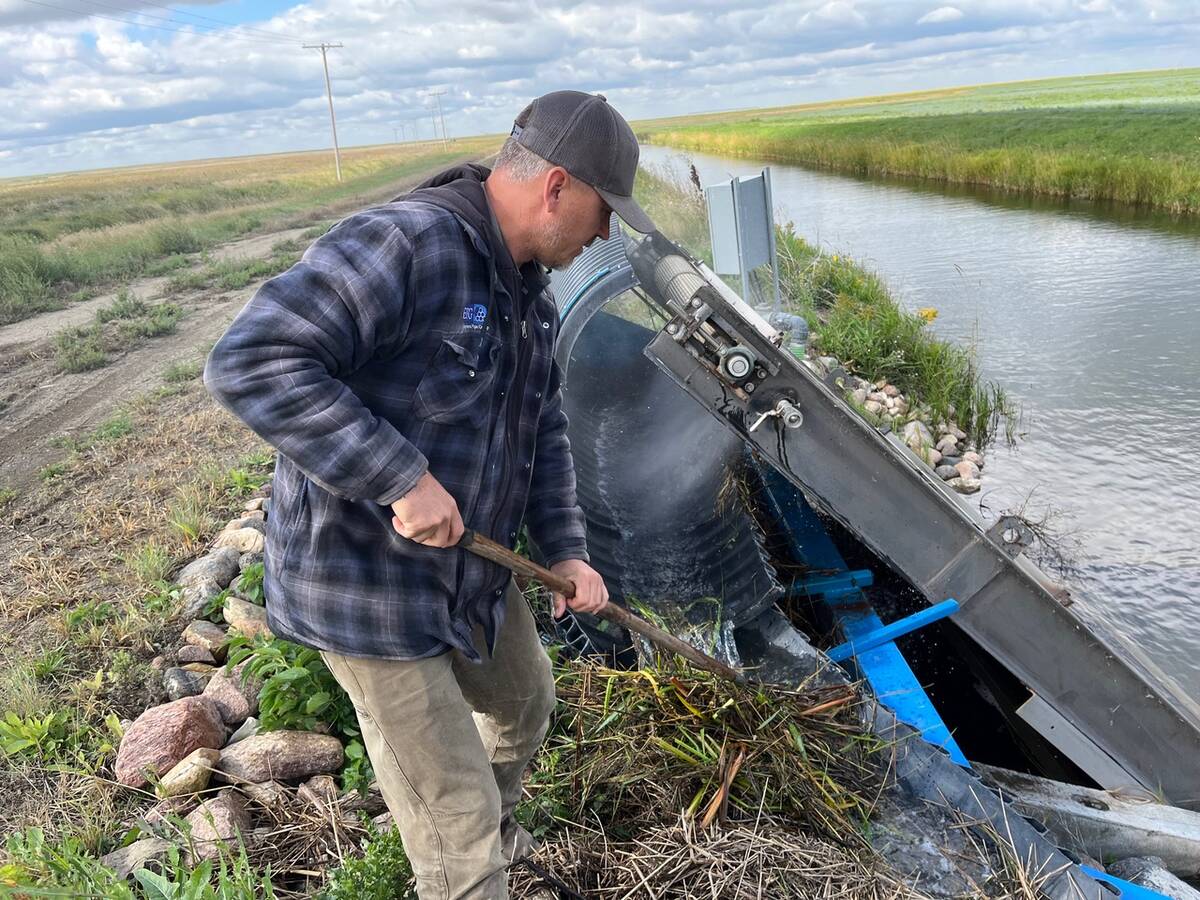Saskatchewan’s two main farm lobby organizations have patched up some of their differences.
After years of fighting, the Saskatchewan Association of Rural Municipalities and the group it spawned, the Agricultural Producers Association of Saskatchewan, are speaking again.
Over the last five months the two groups have been consulting one another on various agricultural policy issues and just last week the president of APAS was invited to address SARM delegates at its 100th annual convention.
It is the first time since APAS was born out of a 1999 SARM resolution that the group has been welcomed back by the association.
Read Also

Saskatchewan farmer uses tile drainage to manage water
The integration of both irrigation and tile drainage results in higher yields, water efficiency, improved soils and less nutrient runoff, says one producer.
“I just think the two forces working together is a heck of a lot stronger than one working by itself,” said SARM president Neal Hardy.
Hildebrandt agreed the time has come for the two groups to move forward.
“It is not advantageous to keep feuding so we’re not,” he said in an interview shortly after his speech to SARM delegates.
The rift between the two organizations came to a head two years ago at SARM’s 98th annual convention, when a delegate tabled a resolution calling on SARM’s board to convince “freeloader” rural municipalities to fund APAS.
SARM officials responded by saying it was time for APAS to seek a different source of revenue instead of relying on funding from about one-third of the province’s 297 municipalities.
“I think it should truly be a producer organization funded by a checkoff,” said Hardy.
That salvo didn’t sit well with Hildebrandt, who fired back at SARM in an article published in the Western Producer.
“I don’t know where they get off telling us we have to get a different way to fund,” said Hildebrandt.
“I would suggest (SARM) has taken a turf-protecting role since we started.”
While the funding issue is still a sore spot, Hardy said SARM is willing to find some common ground with APAS on other fronts.
“It still is a problem but somehow you just set that aside and say, ‘let’s make it work.’ So we’re giving it a 110 percent try.”
Hildebrandt said there are still outstanding irritants from APAS’s perspective as well.
He noted that Hardy’s speech at the 2005 convention was laden with agriculture references and that SARM is doubling its agriculture research budget. Meanwhile, the majority of resolutions tabled by the group’s 2,400 delegates had to do with municipal governance issues like taxes and roads.
“There is a little bit of a disconnect between the board and the floor and (SARM) is still turf protecting,” said Hildebrandt.
He said SARM’s reluctance to back away from agricultural policy issues has kept APAS’s growth in check because some rural municipalities figure they are already covered on that front.
The two groups also differ in their approach to political lobbying.
APAS is part of a coalition of farm groups seeking a $5.7 billion cash payment from the federal government in time for spring.
“I think we can get some ad hoc dollars,” said Hildebrandt.
SARM believes that is a futile endeavour.
“I’m just not sure that it’s in the cards to get a big national program. I think (the federal government) is going to try to make the Canadian Agricultural Income Stabilization program work,” said Hardy.
His association is debating the merits of a crop set-aside program that would pay individual producers $40 per acre to take a maximum of 600 acres of cropland out of production.
Despite their ongoing differences, both groups maintain they are making good progress on forging a workable relationship.
“I think we’ve crossed over a bit,” said Hildebrandt.
“It’s coming. I think we’re gradually getting there,” said Hardy.

















